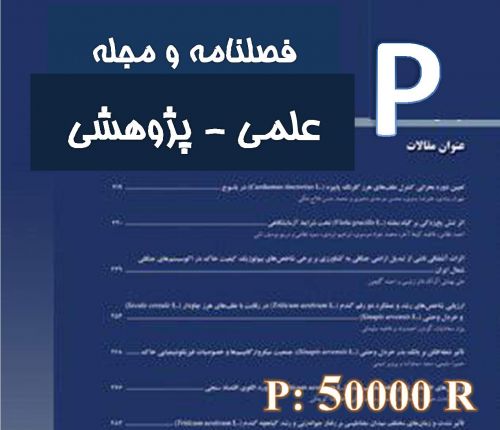Background and Aim: Kawasaki is an acute systemic vasculitis with an unknown cause and with an increasing prevalence in childhood that can lead to acquired heart disease. The aim of this study was to evaluate the clinical and demographic manifestations of this disease in children referred to Imam Sajjad Hospital in Yasuj, with the aim of rapid and timely diagnosis of the disease in order to prevent irreparable complications. Materials and Methods: This case-series descriptive study was performed on 35 patients with Kawasaki who referred to Imam Sajjad Hospital in Yasuj from 1391 to 1395. The diagnostic criteria included fever, skin rash, nonconductive bilateral conjunctivitis, erythema and limb malformation, oral and throat mucosal changes. Age, sex, clinical and paraclinical changes of patients, as well as seasonal incidence of the disease were evaluated. Results: Of 35 patients, 18 were female (51.4%) and 17 were male (48.6%). The range ranged from 6 months to 8 years. The highest number of visits was in the spring. Fever in 100% of cases, lips and mouth changes (including erythema or strawberry language, or erythema and lips) in 29 cases (82.9%), organ involvement (including edema or scaling of hands and feet) in 21 patients (60% ), Non-purulent bilateral conjunctivitis was seen in 19 (54.3%), skin rash in 21 cases (60%), cervical lymphadenopathy in 15 (42.9%) patients. In 77.1% of cases, ESR, 74.3% increase in C-reactive protein (CRP) and 74.3% of normochromenormocyticanemia was reported in laboratory findings. In 34.3% of children, there were cardiac complications. Conclusion: Considering Kawasaki disease as one of the differential diagnosis in children with long-term fever, resistant to antibiotic therapy, is recommended to prevent cardiac complications due to this disease.
کلید واژگان :Kawasaki disease, vasculitis, children, fever, coronary artery disease, Yasuj
ارزش ریالی : 600000 ریال
با پرداخت الکترونیک
